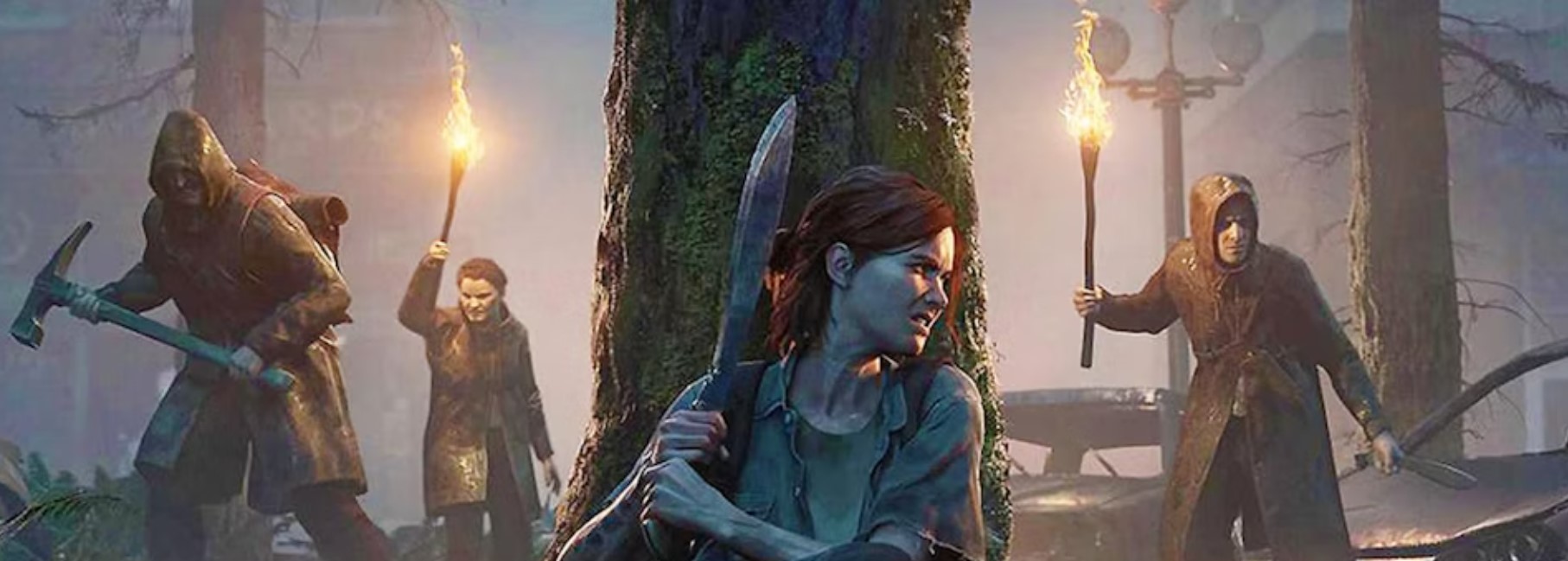Typical: you wait ages for a new Avatar entry, and then two come along (almost) at once. Announced in 2017, Frontiers Of Pandora’s long delay hasn’t been quite as gruelling as the 13 year gap between James Cameron‘s films, but you’d be forgiven for forgetting it was even on the horizon. Any such memory lapses work in its favour though, as this proves a delightful surprise.

Woven around the two Avatar films to date, the game sees you play a nameless Na’vi from the heretofore unseen Sarentu tribe, a clan of storytellers. Orphaned as a child, you’ve been raised in the Resource Development Administration’s insidious ‘The Ambassador Program’ – referred to as TAP throughout the game — structured as an attempt to mould young Na’vi into accepting human perspectives to “bridge the gap” with Pandora’s other inhabitants. Jake Sully’s rebellion at the end of the first movie creates an escape window, however. Well, almost: instead, you’re thrown into stasis, awakening 16 years later to reconnect with your heritage while aiding the mounting resistance against the exploitative “Sky People”.
Coming from Ubisoft – specifically studio Massive Entertainment, responsible for The Division – it’s perhaps less surprising that said resistance takes the form of an open-world adventure, one mixing first-person exploration and combat with a hefty dose of crafting, cooking, and hunting. Along with some curious design choices – such as having a character creator for your blank-slate protagonist despite never seeing them and no other character ever reacting to their appearance anyway – it makes for easy comparisons to “Far Cry in space”. But it’s hard to think of a genre better suited to exploring the verdant wilds of Pandora.
This is the best way to return to Pandora ahead of Avatar 3.
This strange, bioluminescent world pulses with life – ferns that retreat into hiding as you approach, mushrooms the size (and function) of trampolines, fauna of incredible variety that can help or hinder you – making the familiar open-world routines of clearing out enemy camps or unlocking fast travel points far more engaging just for the sheer beauty and weirdness of it all. When you gain the ability to bond with and fly an Ikran (Pandora’s dragon-like banshees), it’s an almost transcendent experience along your character’s journey, and a materially important one in gameplay terms, opening up new avenues for exploration, taking in the gorgeous skies and bizarre floating islands of the world.

However, perhaps in service to showing off just how beautifully this new corner of Pandora has been created, Massive makes tracking objectives less than clear. This is deliberate: there’s even an option to switch between ‘guided’ and ‘exploration’ modes in the settings. Unfortunately, even with the former selected, reliably keeping on target for quests or finding the right supporting character to speak to can be tricky. Wandering and taking in the splendour is plenty of fun for a while – especially when you stumble upon an RDA mining rig or other such polluting infrastructure, destroying it to restore health to the surrounding environment – but when you want to actually progress the story, you’ll spend a good chunk of time squeezing the button to activate your Na’vi senses, just to spot the glowing highlight marking your next stop.
Frontiers Of Pandora does pack in some smart twists to the open-world formula though, such as character levelling being largely down to the quality of the gear you craft rather than an XP grind, incentivising you to hone those Na’vi abilities and hunter-gatherer skills to forge better equipment. Foraging plays a role here, too – components can be damaged during harvesting, or have better properties depending on where and in what weather conditions you gather them, meaning you might be able to craft a better, more powerful version of a beloved weapon or favourite piece of armour if you scout out and collect components at the perfect time. It’s a great addition that touches on the core philosophies of the Na’vi that we’ve seen so far on screen, and firmly roots you in the world around you.
https://youtube.com/watch?v=sIYHK0Q2Jkc%3Fenablejsapi%3D1%26origin%3Dhttps%253A%252F%252Fwww.empireonline.com%26widgetid%3D1
Combat also leans heavily into craftsmanship – while you have access to firearms, mighty bows hewn from Pandoran lumber often feel far more powerful. Longbows and hunting bows therefore become go-to weapons over shotguns and rifles, especially once you unlock skills that expand your carrying capacity. There’s something very special about taking down an RDA mech with a single arrow to its exhaust port, then scurrying to cover while enemies begin to panic. If you prefer your battles to be a bit less stealthy though, you’ll eventually be able to rip humans right out of their armoured frames, a technique that really sells the imposing stature and power of the Na’vi.
While many of the skills, abilities, and general gameplay mechanics in Frontiers Of Pandora will be familiar to anyone who’s played similar games, it’s the framing that elevates this beyond a reskinned Assassin’s Creed. There’s a grander objective threaded through the game of reuniting three tribes of Na’vi, allowing for a deeper examination of the distinct cultures that make up this fascinating world, in much the same way that The Way Of Water introduced more clans. Meanwhile, the RDA’s efforts to control the very soul of the Na’vi by trying to effectively brainwash their Sarentu tale weavers through TAP perfectly matches Cameron’s big screen exploration of the evils of colonialism and exploitation – and draws clear comparison to the real-world horror of the stolen generations of children taken from indigenous cultures here on Earth. Yes, it’s about as subtle as “Unobtainium”, but it absolutely fits the themes of the Avatar universe so far.

Frontiers Of Pandora ultimately doesn’t chart much new ground, but it does marvellously tailor the open-world form to Avatar’s mythology. Short of transferring your consciousness into your own Avatar body, this is the best way to return to Pandora ahead of Avatar 3, and makes for one of the best movie-to-game adaptations in years.




